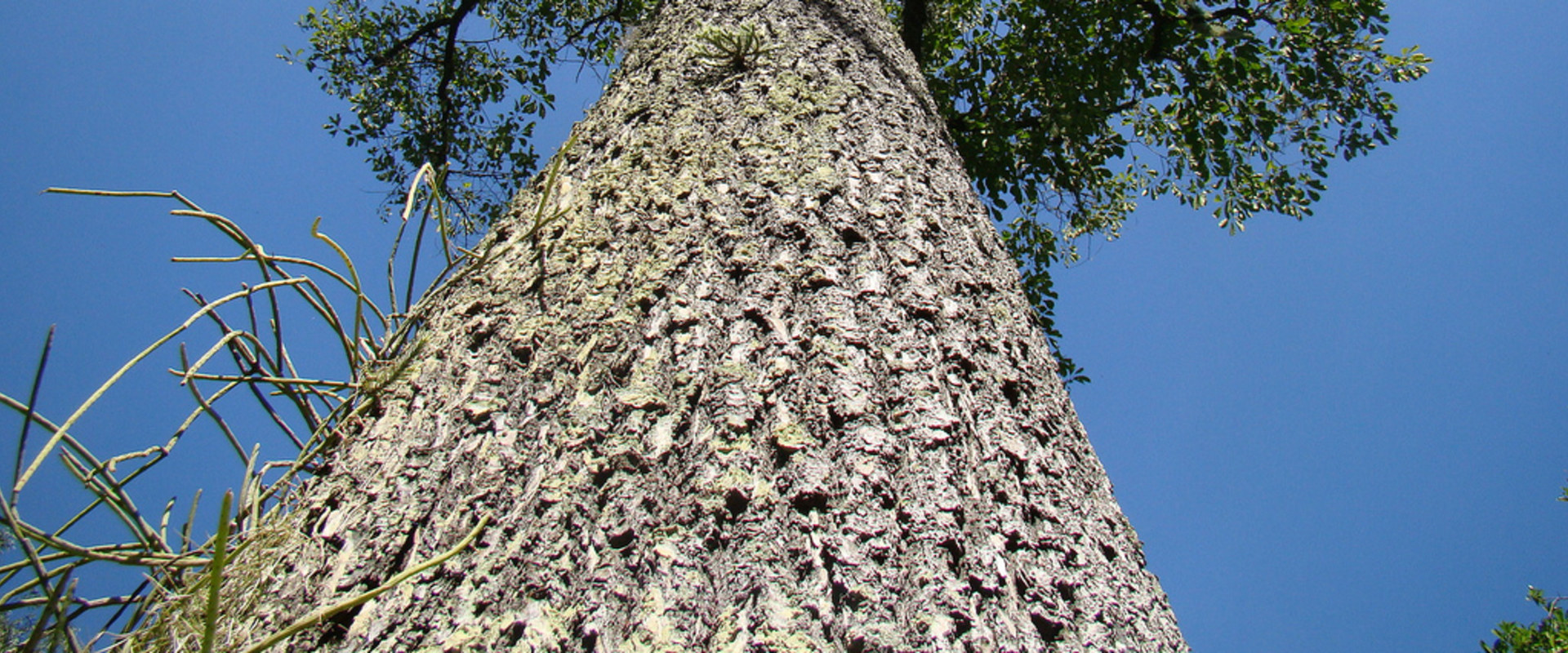Once you have a raw Brazil nut, you can plant it in a jar with nutrient-rich soil. Once the seeds have germinated, you can move them to a larger container. Growing your own Brazil nuts will require a little patience, and while difficult, it's a rewarding endeavor. First, you need to collect some Brazil nuts.
If you take them from the bag of mixed shelled nuts mentioned above, you will not be able to spread them. Those nuts have been boiled as part of their processing. The boil will kill the seed, making it powerless. Brazil nuts are a beautiful tree that can grow massively and produce nuts for hundreds of years if given the right conditions.
While chestnut trees need a balanced fertilizer, they require a lot of nitrogen. Look for granulated fertilizer with a 20-10-10 mixture. Brazil's walnut trees are exclusive to the Amazon rainforests of South America. The process of growing a Brazil nut tree can require a large investment of time and can take between 10 and 20 years to start producing real Brazil nuts.
Brazil chestnut trees need to have an almost perfect ecological environment to properly grow and produce Brazil nuts, which are highly sought after. In fact, an intricate balance is needed between the tree, a species of bees, orchids and a certain type of rodent. Brazil nuts are hard-shelled seeds collected from trees that grow in the Amazon basin. The collection and sale of Brazil nuts is a major source of income for rural Brazilians and is often considered an alternative to deforestation.
Although notoriously difficult to grow, healthy trees can reach more than 150 feet in height and produce nuts for several hundred years. Raw Brazil nuts can be ordered online at specialized nurseries and grow best in rainforest-like conditions. Brazil's walnut trees thrive in a tropical climate. If you want to grow one of these beautiful trees, make sure to consider their growing conditions.
Pickers harvest Brazil nuts during the wet season (January-March), when most of the fruits of the trees have fallen to the forest floor. You may not have thought about it, but Brazil nuts are really a big problem: they add tens of millions to South American economies every year. At first glance, the Brazil nut looks like little more than an oversized and expensive nut that is passed in the supermarket. These slowly drain up to 20 gallons of water for 6 to 8 hours, allowing your tree to absorb as much water as it needs.
It seems that this could be an easy method for procreation, but the fact is that the seed may have been buried in a shaded area and can wait in stasis for years until the surrounding trees die and fall, allowing sunlight to penetrate to where the seed is. Locate a Brazilian tree fruit, which looks like a melon, and open it to access your seedlings. Brazil chestnut trees are approximately 160 feet tall and, when properly grown, produce creamy white flowers and massive, segmented fruits full of edible nuts. Because of this, although tree plantations have been attempted in Brazil, natural cultivation has proven to be more reliable.
Items you'll need for this project include raw Brazil nuts (in shell), a large container, three to four large jars, potting soil, elastic bands, and a cheesecloth for each jar. Therefore, where they were once the exclusive province of areas of undisturbed forest, they can now be found in people's backyards and along streets and highways. Brazil walnut trees are tropical evergreen trees that grow naturally in countries such as Brazil, Bolivia, Colombia and Peru along the banks of rivers such as the Rio Negro and the Amazon. Prune to shape after two years, but the trees grow huge and it will be impossible to prune them after a few years.
The items you'll need for this project are raw macadamia nuts (shelled), three to four 12-inch deep grow pots, peat, vermiculite, a heating mat, and lots of water. The harvest of trees from Brazil that grow naturally has prevented deforestation for this reason in many areas of the Amazon. . .

Leave Message